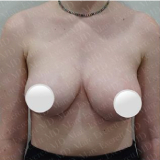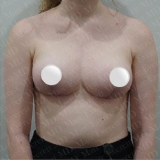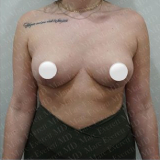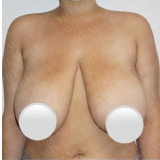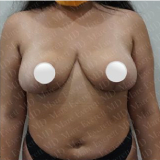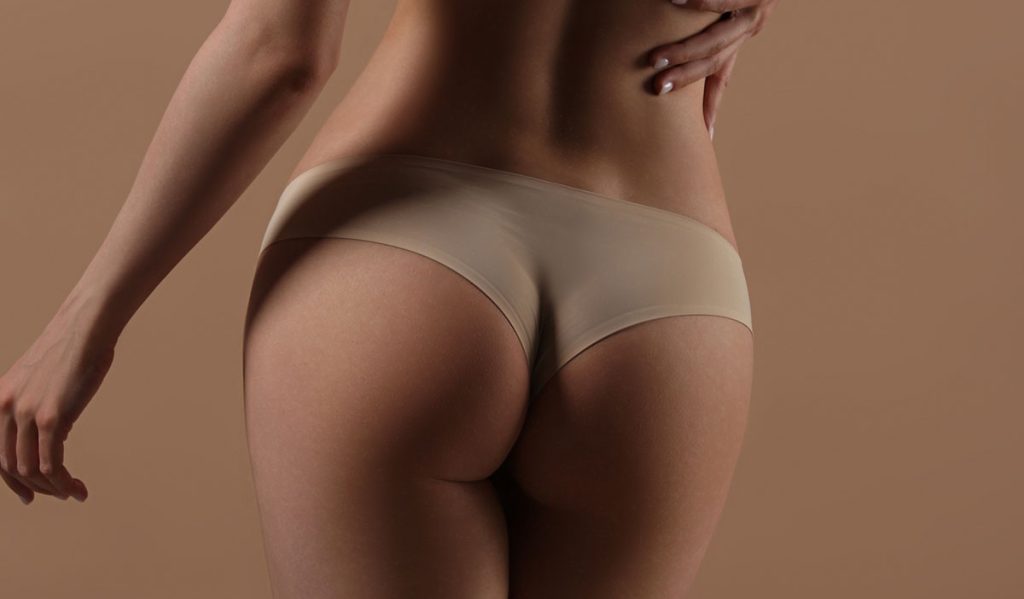Marc Everett MD 11/30/23 for Luke Andrews, The Daily Mail
The mid-2010s brought about an explosion in the popularity of the autologous fat transfer to the buttocks operation, the “Brazilian Butt Lift” or “BBL” as it’s commonly called. The skyrocketing interest in having this procedure by patients naturally came paired with the quest for surgeons to determine the ideal buttock aesthetics as described by scientific means and regular opinions alike.
The waist-to-hip ratio (WHR) is our universal language. Pair it with the description of the point of maximal prominence, or the location on the map where the butt looks fullest, and we can now describe and study shapes and sizes without pictures.
For more information about the BBL, and to book a personal consultation with Dr. Everett, call (212) 774-7715 or send your request via our online contact form.
Contents
Waist-to-Hip Ratio Studies
Neurophysiologists studied the brain’s responses to different WHRs and found that the highest degree of excitement was measured when male viewers were shown both the clothed and naked bodies of females with WHRs of 0.7, more than 0.6, 0.8, or 0.9. Plastic surgeons performed two major surveys, asking both other surgeons and the general population to rate a series of pictures shown to them. The respondents from one study found that a WHR of 0.65 was the most appealing, followed by 0.60. However, when looking at people from the side view, the 0.7 WHR was selected as the most appealing.
A year later, a larger but similar study found from respondents representing over 40 different countries that the most common top choice was 0.7 WHR. These surveys gave us the data to talk about what we already knew: slim waistlines and full round buttocks are preferred.
From a surgical perspective, changing the WHR is accomplished by subtracting the waistline with liposuction and adding to the hips and buttocks with fat grafting. The more you take off the waist and the more you add to the hips and butt, the more you are shrinking the WHR. You can reduce the WHR without adding any fat to the hips and butt, but you’re less likely to move the measurement too far by reducing one part of the equation without adding to the other.
Buttock Shapes
The next part we talk about is shape. There are four classical shapes – there are some mixed opinions that are mostly the result of differences in perceptions from different ethnic groups, but research shows that overall the most favorable shape is the upside-down heart or “A-shape”, followed by a round shape (sometimes round is found to be more favorable) but the consensus agreement is that square followed by the triangle or “V-shape” are least desirable. The upside-down heart shape is established when the fullest part of the buttocks are just below the center point, whereas the round shape is a 50:50 ratio with equal volume above and below the center point of the butt.
To generalize the aesthetic interests of different ethnic communities, Caucasian and Asian patients request full but not oversized buttocks, with minimal or no fullness of the lateral buttocks or thighs. They prefer more of a round appearance with the fullness being centrally located. Hispanic patients wish for very full buttocks with an extension around the sides and more fullness of the lower part of the buttocks to create the upside-down heart shape, but all the while maintaining slender, tapered thighs. African American and Caribbean women generally request their buttocks to be as full as possible resulting in a high center point of fullness and major fullness of the lateral buttocks and thighs.
Can a Butt be Too Exaggerated?
I think when patients have surgery and end up with something like a 0.6 WHR it’s a pretty exaggerated result and hard to play off as natural. Anything less than 0.6 starts to have an extreme appearance which is highly unlikely to be obtained naturally. The extreme 0.5 – 0.59 range can sometimes be a pretty shocking appearance and if obtainable, is usually the result of “multiple rounds” of surgery. These patients will have repeated fat transfer procedures in order to build off of the previous result to further increase the buttock size. The reason for this is that the skin of the buttock can only be stretched so far at a time before time and healing is required for the skin to gain further elasticity, the point of “capacitance” which I first described in my 2018 article on the safest practices for fat grafting of the buttocks. When this point is reached, no further fat can be added and one would have to wait several weeks for the graft the take, the swelling to come down and the skin to be able to stretch again to create new space for fat to be injected. In some cases, the waist is already as small as it will ever be and the fat needs to be harvested from somewhere else to compound the results.
On the other hand, if someone comes out of surgery and their WHR is above 0.75 then they have been uncorrected and the result is less than optimal. Most patients are seeking a result that would put them somewhere in the middle of the range of 0.65 and 0.75. Those would be the patients that you look at and think they look terrific. The closer you are to 0.65, the more people might question whether you’ve had surgery to get that look or not. Since Caucasian and Asian patients tend to request lower volumes of fat transfer, they do tend to have slightly higher WHR than non-Asian and non-Caucasian patients even when they look spectacular.
Patients from all over the world, from all different cultures seek out liposuction procedures and decide that while it’s available to them they want to use the fat to augment another part of their body. The fat is yours and once you heal it looks and feels no different than the surrounding fat and it will age and change like the rest of you do, which is what makes it substantially different than using an implant for the same goals.
How Popular Are BBLS Now?
Interest remains high in BBL procedures, though I don’t think it’s as widespread as it was a couple of years ago during the initial boom when the procedure became dramatically more accessible to all very quickly. What is certain is that we are seeing fewer patients requesting extreme results and going for more modest size fat transfers which put them more into the “unsuspecting” or “it could still be natural” part of the range of results available and fewer women are asking to go into the “she definitely had surgery” part of the spectrum. Having a fat transfer to the buttocks isn’t an “ethnic” procedure, it’s just that the more extreme results tend to be sought after by certain communities of people where that aesthetic is perceived as more desirable. That interest will continue to remain strong in those communities but fewer patients overall are seeking that sort of result. I am also seeing patients with some remorse about their exaggerated results, seeking remedies for oversized buttocks that are less fashionable this decade, or from the buttocks starting to sag just like breasts can when the skin has been stretched and the volume is lost with aging.
I am also seeing a considerable uptick in patients who are coming for liposuction procedures and who are choosing to use the fat to transfer to the breasts instead of to the buttocks. Whereas five years ago it wasn’t even a question, everyone wanted the transfer to the butt, now a lot of patients are weighing other options for its use.
Read Dr. Everett’s Daily Mail article in full.
Discover more about Brazilian butt lifts by Dr. Everett by booking a consultation at his Manhattan or Queens office. Call (212) 774-7715 to get in touch, or use our helpful form for more information.
Resources
- Del Zotto M, Pegna AJ. Electrophysiological evidence of perceived sexual attractiveness for human female bodies varying in waist-to-hip ratio. Cognitive, Affective, & Behavioral Neuroscience. 2017;17(3):577-591. doi:https://doi.org/10.3758/s13415-017-0498-8
- Wong WW, Motakef S, Lin Y, Gupta SC. Redefining the Ideal Buttocks. Plastic and Reconstructive Surgery. 2016;137(6):1739-1747. doi:https://doi.org/10.1097/prs.0000000000002192
- Heidekrueger PI, Sinno S, Tanna N, et al. The Ideal Buttock Size: A Sociodemographic Morphometric Evaluation. Plastic and Reconstructive Surgery. 2017;140(1):20e32e. doi:https://doi.org/10.1097/PRS.0000000000003439
- Lee E, Roberts T, Bruner T. Ethnic Considerations in Buttock Aesthetics. Seminars in Plastic Surgery. 2009;23(03):232-243. doi:https://doi.org/10.1055/s-0029-1224803
- Roberts TL, Weinfeld AB, Bruner TW, Nguyen K. “Universal” and Ethnic Ideals of Beautiful Buttocks are Best Obtained by Autologous Micro Fat Grafting and Liposuction. Clinics in Plastic Surgery. 2006;33(3):371-394. doi:https://doi.org/10.1016/j.cps.2006.05.001








